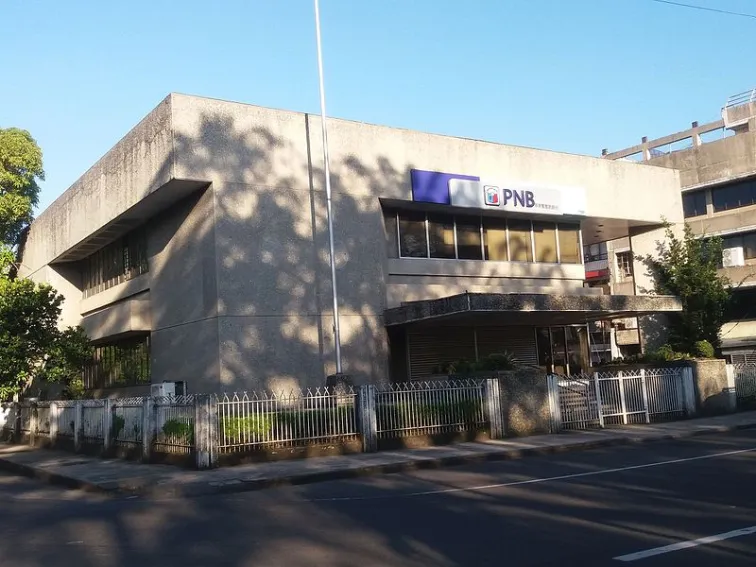
Higher operating costs loom over Philippine banks in 2018
Investments in necessary IT infrastructure are setting local banks back.
Philippine banks enjoyed a largely stable financial year in 2017 as loan growth fell at healthy range of 15-19% in 2017, according to Moody’s Investors Service, but risks remain to dampen the sector's growth outlook.
Across banks, the retail loan segment continued to grow faster than corporate loans reflecting strong demand from the sector but also low level of credit penetration. “Loan growth, meanwhile, will continue to be strong. We expect banks to grow loans at high-teen percentages in 2018. A combination of improved margins and volume growth will further boost earnings and profitability,” the report added.
However, higher credit costs loom at many banks in the Philippines as a result of the industry-wide adoption of the new provisioning requirements under Philippine Financial Reporting Standards 9 (PFRS 9), the local equivalent of IFRS 9.
“Under PFRS 9, banks are required to assess all future asset impairments by using expected loss models, as opposed to the previous as-incurred approach. The new rules require banks to account for expected credit losses (ECL) over a 12-month period for performing assets and over entire maturities for underperforming assets,” Moody’s explained.
Banks also have to grapple with higher operating costs as they need to improve IT infrastructure in an effort to widen their distribution networks to cater to strong demand for consumer loans.
Here’s more from Moody’s:
Asset quality improves with potential risks remaining from the real estate sector. Most banks reported declines in gross nonperforming loan (NPL) ratios in 2017. Loan loss reserves as a percentage of gross NPLs remained high. Yet, increasing exposure to the real estate sector continue to be a potential risk to asset quality.
Real estate loans, which accounted for an average of 18% of gross loans at rated banks at the end of 2017, remain a risk to asset quality. Although property prices are appreciating in tandem with nominal GDP growth, such sizable exposure to this sector leave banks vulnerable to material price declines.
Margin improvements will give a further boost to earnings and profitability in 2018. NIMs will improve as banks try to increase higher-yielding loans to retail customers and small and medium-sized enterprises (SMEs). Improved margins, combined with continued robust loan growth, will further boost core earnings and profitability. Growth in higher-risk loans will result in an acceleration of the formation of new NPLs, but only marginally.
Capitalization at most banks deteriorated in 2017 as risk-weighted assets (RWAs) grew faster than internally generated capital. BDO and CBC increased their capital levels by selling new shares.
Currently, internal capital generation at Philippine banks is not strong enough to support rapid credit growth. The system's pre- provision income more than covers anticipated credit losses but is insufficient for banks to sustain current capital levels given large increases in RWAs.



















 Advertise
Advertise








